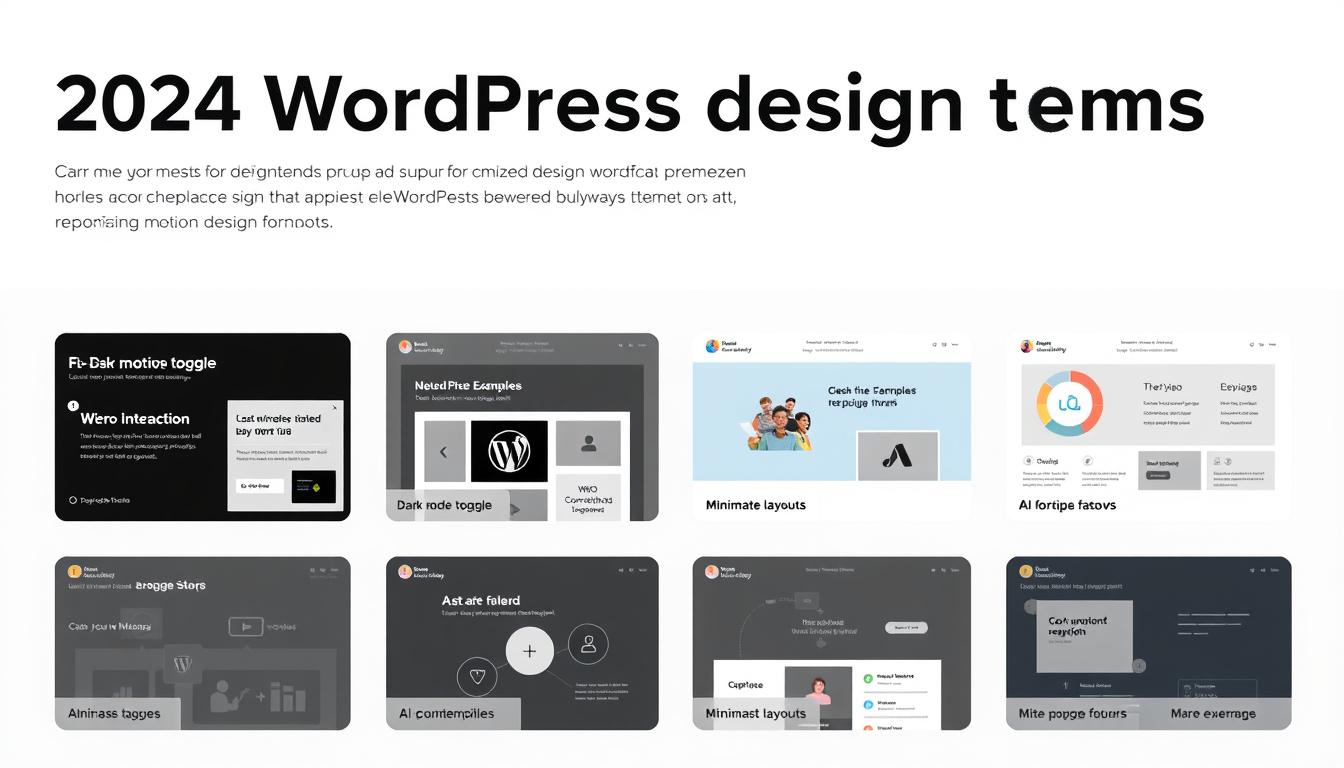Welcome to our comprehensive guide on setting up your very own WooCommerce store. This step-by-step guide will provide you with a hassle-free approach to creating your online store. Starting a WooCommerce store has numerous benefits, including low startup costs, flexibility, ease of use, and high scalability. Our guide will walk you through each phase of the setup process, from selecting a hosting provider to optimizing your store for SEO. You’ll find everything you need to know to launch your e-commerce business successfully. So let’s get started!
Choose the Right Hosting Provider and Install WordPress
Before you can start setting up your WooCommerce store, you need to select a reliable hosting provider to ensure your website’s stability and performance. With so many options out there, it can be overwhelming to choose the right one.
Consider factors such as server speed, security, storage, bandwidth, and customer support before making a decision. It’s also important to check if the hosting provider is compatible with WordPress.
Once you have selected your hosting provider, the next step is to install WordPress on your website. This is a straightforward process that can be done through your hosting provider’s control panel.
Log in to your hosting account and locate the “Install WordPress” option. Follow the on-screen instructions, and you’ll have WordPress installed on your website in no time.
If you run into any issues during the installation process, your hosting provider’s customer support team should be able to assist you.
Install and Configure WooCommerce Plugin
After successfully installing WordPress, it’s time to add WooCommerce to your website. Installing WooCommerce is pretty straightforward, and can be done in just a few steps.
- Log in to your WordPress dashboard.
- Navigate to the ‘Plugins’ section, and click the ‘Add New’ button.
- Enter ‘WooCommerce’ in the search bar.
- Click the ‘Install Now’ button.
- After the installation, click the ‘Activate’ button.
WooCommerce has a setup wizard that will guide you through the initial configuration process. The wizard will prompt you to set up payment gateways, shipping options, and tax settings.
Before you launch your store for the first time, you’ll need to configure a few settings to ensure the smooth operation of your store. In the ‘Settings’ section, you can configure essential options such as:
| Option | Description |
|---|---|
| Currency | Set the currency in which you want to receive payments. |
| Dimensions | Enter the unit of measurement you want to use to measure different product dimensions. |
| Product Reviews | Enable or disable customer reviews for products. |
Make sure to check all the settings carefully to ensure a seamless customer experience.
Customize Your WooCommerce Store’s Appearance
One of the advantages of using WooCommerce is the ability to fully customize the appearance of your store. The following are some ways you can make your store stand out:
Choose and Install a Theme
A theme is a pre-designed template that determines the layout, design, and functionality of your online store. WooCommerce offers a variety of free and premium themes you can choose from. You can also purchase themes from third-party providers.
To install a theme, go to your WordPress dashboard, click on “Appearance” and select “Themes”. From there, you can browse and search for themes and install them with one click.
Customize Design Elements
Aside from themes, you can also customize the design elements of your store, including colors, fonts, and layouts. To do this, go to your WordPress dashboard, click on “Appearance” and select “Customize”. From there, you can change the colors and fonts of your store and adjust the layout and placement of your content.
Keep it Clean and User-Friendly
Make sure your store has a clean and user-friendly interface. Too many design elements can be overwhelming and distract customers from making a purchase. Use simple and clear navigation menus and avoid cluttering your pages with too many images or text.
By customizing the appearance of your WooCommerce store, you can make it more visually appealing and improve the overall user experience. Remember to keep it simple and easy to use.
Add and Organize Your Product Catalog
Now that your WooCommerce store is set up, it’s time to add your products. With WooCommerce, you can add any type of product, from physical goods to digital downloads and services.
To add a product, go to Products in the WordPress dashboard and click Add New. You’ll see several fields to fill out, including the product name, description, and price. You can also add product images and product variations, such as different sizes and colors.
| Field | Description |
|---|---|
| Product Name | The name of your product that will appear on the website. |
| Description | A detailed description of the product that provides relevant information. |
| Price | The cost of the product in your store’s currency format. |
| Product Image | A high-quality image of your product that shows how it looks like. |
| Product Variations | The different versions of your product, such as size and color variations. |
Once you’ve added your products, it’s essential to organize them effectively. Ensure that your customers can find what they’re looking for quickly.
One way to achieve this is by categorizing your products. For example, if you’re selling clothes, you can categorize them by gender and type (e.g., men’s shirts, women’s shoes). This will help customers filter and find products that match their preferences and needs.
Set Up Payment Gateways
One of the most important aspects of setting up a WooCommerce store is making sure that customers can securely and conveniently make purchases. To achieve this, payment gateways need to be set up and configured correctly. WooCommerce provides various payment gateway options, including PayPal, Stripe, and Square.
To set up payment gateways, follow these steps:
- Login to your WordPress dashboard and go to WooCommerce > Settings.
- Click on the Payments tab to view the available payment gateway options.
- Choose the payment method you want to use and click on the Set up button next to it.
- Follow the instructions provided to connect your payment gateway account and configure the necessary settings.
- Repeat the above steps for any additional payment gateways you want to offer.
It is important to select payment gateways that are trusted and widely used to ensure that customers feel secure when making purchases. Additionally, offering multiple payment options can increase convenience for customers and improve sales.
Pro tip: Make sure to test your payment gateway functionality before launching your store to ensure everything is working properly.
Configure Shipping Options
After setting up your product catalog and payment gateways, it’s time to configure shipping options for your WooCommerce store. Shipping can be a complex process, but WooCommerce offers a range of flexible options to cater to your business’s needs.
The first step is to define your shipping zones. This refers to the geographical regions you’re willing to ship to, such as countries, states, or postal codes. In the WooCommerce settings, navigate to the Shipping tab, and select Add Shipping Zone. Name your zone and choose the region you want to ship to.
Once you’ve defined your shipping zones, you can create shipping methods. These are the different ways customers can receive their orders, such as standard shipping, express delivery, or pickup from a store. You can choose to charge a flat rate for each method, or calculate rates based on factors such as weight, dimensions, or distance.
WooCommerce offers a range of shipping plugins and extensions that can enhance your shipping functionality. For example, you can use the Table Rate Shipping extension to define complex shipping rules based on weight, quantity, or destination. Or, you can use the Printful integration to offer print-on-demand products and fulfillment.
It’s crucial to provide accurate shipping information to customers, including expected delivery times and tracking numbers. You can configure these settings in the WooCommerce dashboard under the Shipping tab. Consider offering free shipping promotions or minimum order thresholds to incentivize customers to purchase more.
Optimize Your WooCommerce Store for SEO
Once your WooCommerce store is up and running, it’s important to optimize it for search engines. This will help your store appear higher in search engine results pages, increasing the chances of people finding and visiting your store. Here are some tips to improve your WooCommerce store’s SEO:
- Choose relevant keywords: Use keywords that accurately describe your products and services. Use keyword research tools to find out what people are searching for and include those keywords in your product titles, descriptions, and URLs.
- Optimize metadata: Make sure your store’s metadata, including titles and descriptions, are optimized for search engines. Metadata should include relevant keywords and accurately describe the content on the page.
- Improve site speed: A fast-loading website improves the user experience and can also improve your search engine rankings. Use tools like Google PageSpeed Insights to identify areas for improvement and optimize your site accordingly.
- Create quality content: High-quality and informative content can improve your search engine rankings. Use product descriptions to highlight the benefits of your products and include product reviews to add credibility to your store.
- Use structured data: Structured data helps search engines better understand the content on your website. Use plugins like Yoast SEO or Schema to add structured data to your store.
- Monitor and adjust: Keep track of your store’s performance using tools like Google Analytics. Monitor your search engine rankings and adjust your SEO strategy accordingly to improve your performance.
By following these tips, you can improve your WooCommerce store’s SEO and attract more visitors to your store. Remember that SEO is an ongoing process and requires regular monitoring and adjustments. With the right strategy and tools, you can drive more traffic and sales to your store for long-term success.
FAQ: Common Questions About Setting Up a WooCommerce Store
Here are some common questions that you might have about setting up your own WooCommerce store:
What are the costs involved in setting up a WooCommerce store?
Setting up a WooCommerce store is relatively inexpensive. The basic plugin is free, but you may need to pay for premium themes and extensions. You will also need to pay for hosting and a domain name.
Are there any compatibility issues with other plugins?
WooCommerce is designed to be compatible with most WordPress plugins. However, it’s always a good idea to check the compatibility requirements of any plugins you plan to install on your WooCommerce site.
What security measures should I take to protect my store and my customers?
It’s important to take security seriously and protect your WooCommerce store from potential hackers or malicious attacks. Some security measures include keeping your software updated, using secure passwords, and installing security plugins.
Can I use my own payment gateway with WooCommerce?
Yes, WooCommerce supports a wide range of payment gateway options, including PayPal, Stripe, and more. If you have a preferred payment gateway that isn’t supported, you may be able to find a plugin that adds support for it.
How long does it take to set up a WooCommerce store?
The time it takes to set up a WooCommerce store can vary depending on your level of experience and the complexity of your store. However, if you follow this step-by-step guide, you should be able to set up your store in a few hours.
If you have any more questions about setting up your own WooCommerce store, feel free to reach out to us for further assistance. Happy selling!






